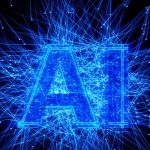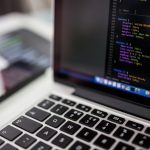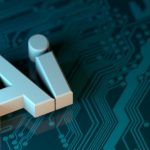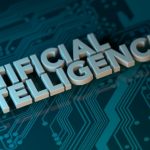Top players in artificial intelligence, OpenAI and Anthropic, have strengthened their alliances with governments in the United States and United Kingdom to improve AI security. The collaboration extends beyond standard industry self-auditing, offering external researchers unprecedented access to product prototypes, internal tools, and sensitive data to unearth new vulnerabilities. As these efforts unfold, stakeholders across sectors are watching closely, not only for the technical findings but for shifts in public policy and corporate responsibility. Transparency in the process and lessons learned are now coming to the forefront, shaping the direction of commercial generative AI.
Coverage from previous announcements described similar governmental engagement but focused less on the specific vulnerabilities discovered and the degree of access afforded to external evaluators. Earlier reporting typically highlighted the intent to improve safety, whereas more recent disclosures elaborate on practical adjustments by AI firms, including structural overhauls to security systems. Updates further outline the evolving balance between governmental regulation and private sector innovation as both countries revise approaches to AI oversight, even adjusting organizational names and regulatory aspirations. These actions signal a gradual shift from high-level oversight to more targeted, technical interventions by public agencies and independent specialists.
What Did the Collaboration Reveal about Model Vulnerabilities?
By working with the US National Institute of Standards and Technology (NIST) and the UK AI Security Institute, both OpenAI and Anthropic enabled government researchers to test real-world attack scenarios on their models. This cooperation uncovered new, sophisticated vulnerabilities otherwise missed by internal teams. For instance, OpenAI revealed that attackers could potentially bypass security protections and hijack user sessions, leading to unauthorized system control and impersonation. Anthropic detected significant prompt injection issues and a new universal jailbreak, motivating a redesign of its Claude AI safeguard architecture. Both firms noted that external expertise brought deeper capability to discover potentially exploitable weaknesses.
How Did Companies Respond to Discovered Risks?
Faced with these findings, both organizations moved swiftly to address weaknesses. OpenAI’s engagement with NIST led to new mitigation strategies, especially after realizing vulnerabilities could be compounded by known attack techniques to compromise agents with a high degree of success. The company emphasized ongoing collaboration with “red-teaming” experts to identify and promptly address emerging threats. Anthropic, in response to critical discoverable exploits, shifted from isolated patching to broader architectural changes, suggesting that external red teamers can locate high-stakes vulnerabilities not always found by companies alone.
“Governments bring unique capabilities to this work, particularly deep expertise in national security areas like cybersecurity, intelligence analysis, and threat modeling,” Anthropic said.
“Our engagement with NIST yielded insights around two novel vulnerabilities affecting our systems,” according to OpenAI.
Do Political Shifts Affect AI Safety Priorities?
Recent changes in government leadership and regulatory focus in both the US and UK have prompted debate about the role of public agencies in enforcing technical safety guardrails. Concerns have been raised that competitive pressures or evolving policy stances might deprioritize robust oversight. Despite these doubts, technical collaborations have persisted as AI companies and governments continue sharing expertise and resources. Independent researchers and insiders observe ongoing progress, indicating that even with shifting rhetoric or organizational names, practical work on mitigating AI misuse risks has not stopped.
Current trends show meaningful progress in the security measures embedded in commercial language models. Analysts studying releases such as GPT-4 and GPT-5 have observed stricter safeguards being put into place, making unauthorized access and jailbreaks more challenging over time. While open-source and specialty coding models remain more susceptible to exploitation, proprietary models by leading firms benefit from continuous, multi-faceted red teaming and regulatory engagement. This evolution reflects a slow but tangible convergence between technical rigor and policy ambition.
Ongoing partnerships between commercial AI developers and government agencies bring tangible benefits for maintaining safer AI systems. A defining lesson has been the advantage of external, technically proficient red teams in finding subtle flaws that internal reviews may overlook. Readers interested in artificial intelligence should note the difference in risk exposure between major commercial offerings and open-source platforms, particularly as model sophistication—and scrutiny—increases. As both regulatory priorities and technical solutions adapt, users and stakeholders alike should follow industry and governmental disclosures for updates on system defenses.










